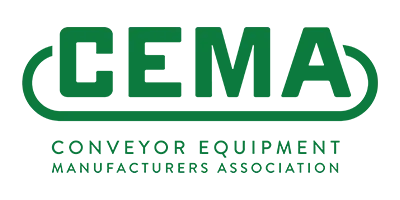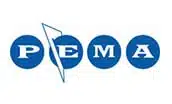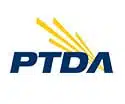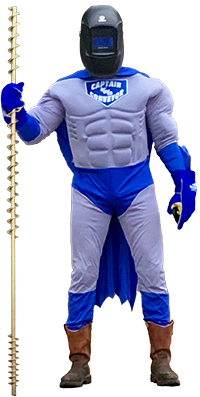Screw Conveyor FAQ
Screw conveyors normally run 15, 30, to 45-percent full. Screw feeders run 100-percent full and are designed to meter the flow of material. Screw conveyors are basically for moving from one location to another.
- Capacity exceeds maximum recommended for screw conveyors.
- Lump size exceeds maximum recommended for screw conveyors.
- Products easily degrade.
Angle flange trough has an angle welded to the top to provide more rigidity. Form flange trough is made from one (1) piece of sheet metal. Both trough types are interchangeable. KWS Manufacturing stocks both angle and form flange troughs.
- Totally enclosed housing to prevent leakage.
- Compact design allows for easy installation.
- Economical means for conveying many bulk materials.
Standard clearance between the screw and the trough is 1/2 inch.
Flat bottom slide gates allow build up in the void area under the trough. Curved bottom slide gates match the curve of the trough and have more of a self-cleaning effect.
It is a trough end with a shelf for the pillow block bearing. The pedestal moves the bearing away from the end of the conveyor and away from the product.
Split gland seal, packing gland seal, and most mechanical seals require a pedestal trough end.
Thrust is back force of material against the screw. The direction of the force is opposite the direction of material flow. It is compensated for by using a thrust unit. The thrust unit is usually located on the drive end.
A thrust unit "fixes" one end of the screw/shaft by use of roller bearing, snap rings or set collars. The thrust unit can also be located in the screw conveyor drive.
The bolt pattern for the flange bearing is different for ball and roller bearings.
Trough saddles and feet are used for intermediate support, and are normally located at 10 to 12-foot intervals.
The two types of flight construction are helicoid and sectional. The advantages of using helicoid flighting are one-piece construction, availability and helicoid flighting costs less than sectional flighting. The advantages of using sectional flighting are unlimited variations of materials, pitch, thickness and diameter can be used.
Both helicoid and sectional flighting are stocked at KWS Manufacturing. Non-standard sectional flights are made to order.
Both helicoid and sectional flighting are stocked at KWS Manufacturing. Non-standard sectional flights are made to order.
Standing at the end, if the flight tails off to the right, then it is right-hand flighting. If the flight tails off to the left, then it is left-hand flighting.
The flighting can be constructed of abrasion resistant materials. The flight face can be hard-surfaced with a weld-on hard-surfacing material. A bolt-on wear shoe can be added to the face of the flights.
The letter F is added to the part number to designate loose flighting. The information required to quote loose flighting is screw pitch, screw diameter, flight thickness and pipe size.
Clearance is required at each end and for each hanger bearing.
Hardened coupling shafts are used with hard iron bearings. The hardened coupling shafts have a higher torque rating and longer wear life than standard coupling shafts.
The letters at the end of the part number on the end shaft designate the length of shaft used based on bearing used, and if hardened.
Style 216 hangers are more rigid for supporting larger diameter screws and for handling dense, abrasive materials.
- Flanged (most common)
- Semi-flanged
- Flat
- Hip roof
- Shroud
Typically, hard iron, babbitted and bronze require a grease pipe for external lubrication.
The screw conveyor drive is specifically designed for screw conveyors.
The thrust unit is an integral part of the screw conveyor drive.






